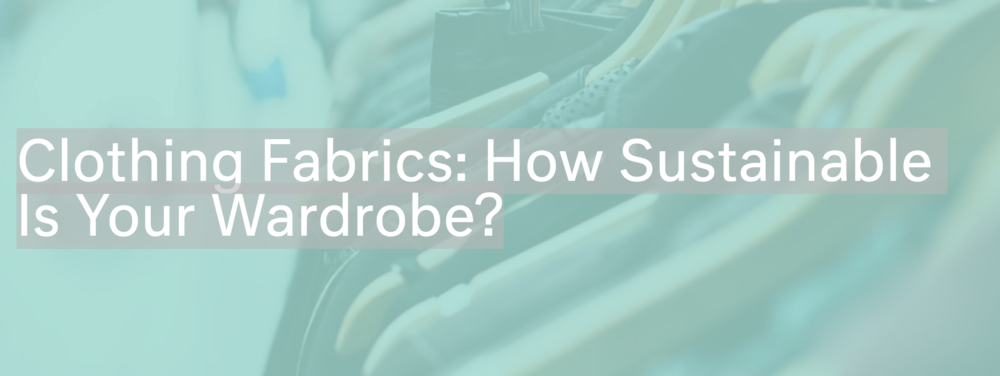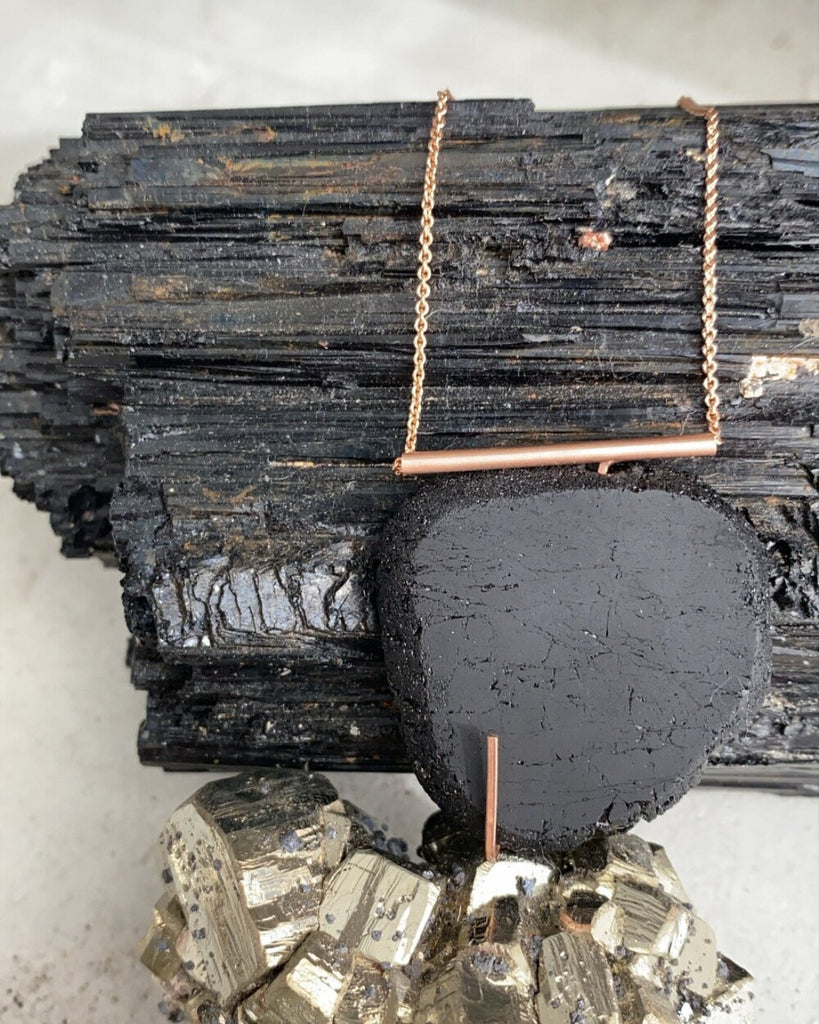Transparent vs Traceable vs Ethical, is Blockchain the answer for ethical sourcing in jewelry?
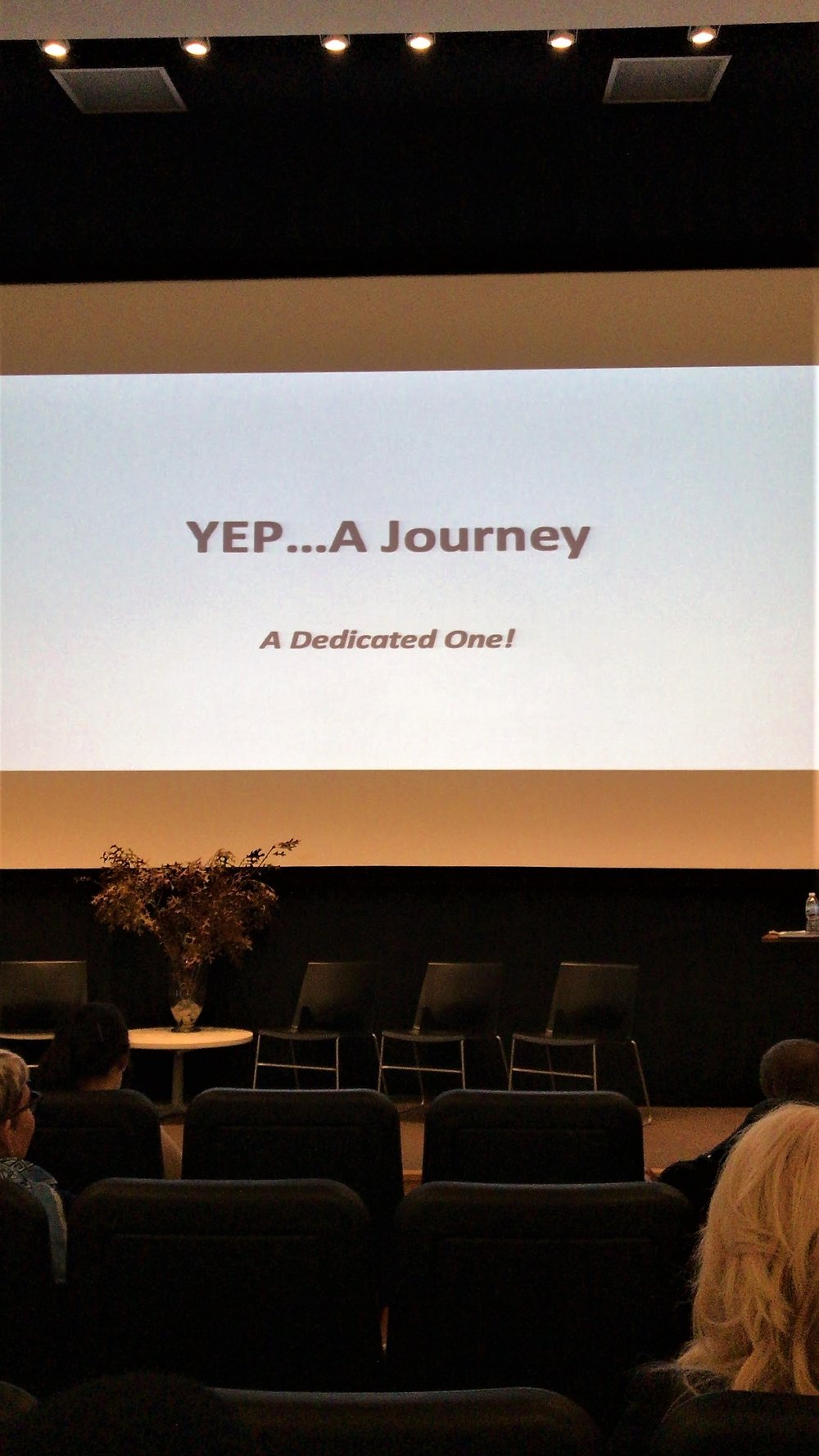
If you can trace a flower or a single avocado back to a single farm or field, you should be able to trace a diamond back to a mine, right? Blockchain for the jewelry industry is actually already on its way, with large mining corporations like DeBeers and Alrosa investing heavily into their own blockchain programs. DeBeers is even testing out their program on diamonds 2ct and above and plans to expand it to smaller sizes in the future. These two mining companies on their own account for almost 80% of all diamond mined today. But what about the other 20%?
GIA, Rappaport, have tried creating industry-wide blockchain networks for traceability, however, DeBeers has made it perfectly clear that their blockchain network is only theirs and won’t connect with any industry-wide traceability initiatives. And unfortunately they’re DeBeers and they’re huge and influential and ultimately they do what they want. Large (expensive) tech projects like this may be no big deal to a company that large, but what about the artisanal miner? The Tanzanian Women Miners Association certainly doesn’t have the funds to compete, and ultimately any traceability solution we come up with needs to take small-scale miners into account, or we risk further marginalizing some of the most marginalized people on the planet.
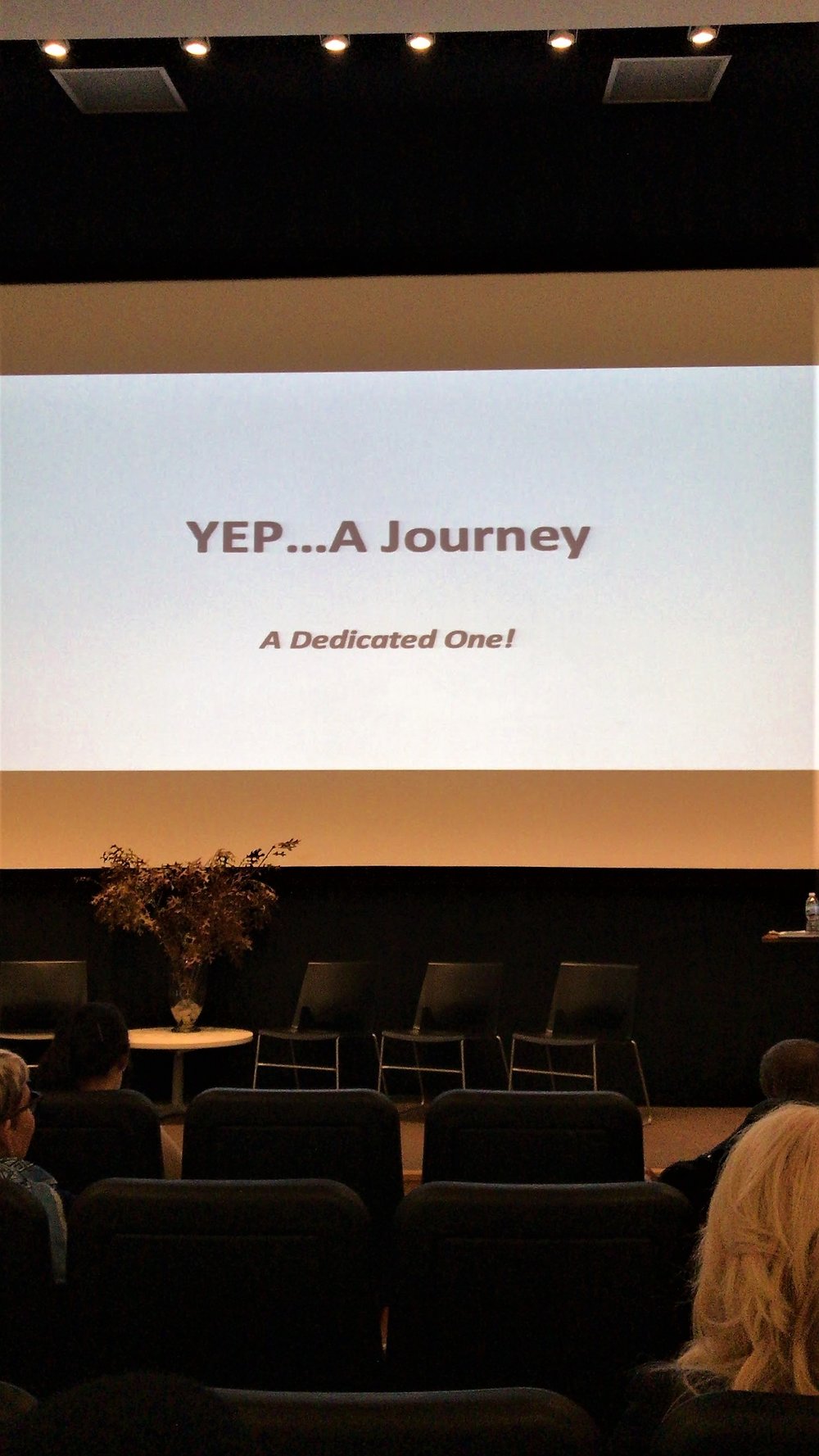
Richline’s TrustChain program however actually started with small scale gold mines in the Democratic Republic of the Congo, tracing a single batch of legally and responsibly mined gold from the remote mine, through export, and refining. The system they are creating will be designed to be a free and open source for anyone in the industry to use. They are still working out solutions for things like safety here, so as not to let thieves and organized crime use the open source as a way to track down gold they could steal while remaining as transparent as possible.
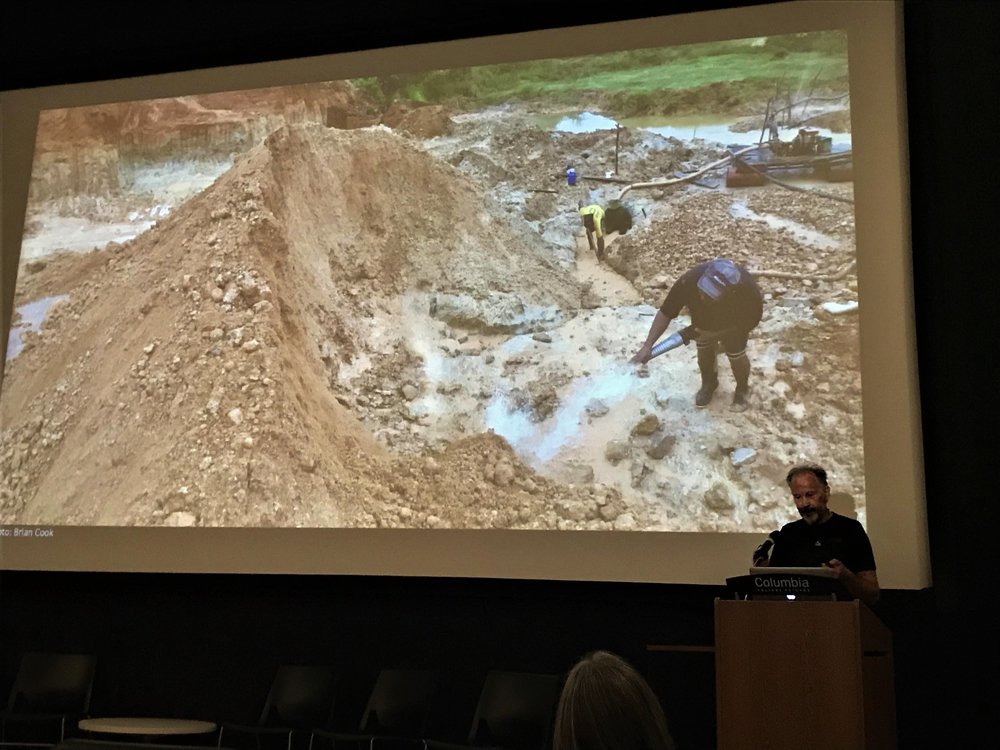
While blockchain presents a lot of potential for traceability in gold and gemstones, lie DeBeers example shows, traceable is not necessarily transparent. They control their system with what information even goes in and I have yet to hear about accessibility for their info or if there will be any third party oversight. And any system that exploits or marginalized the people doing the hard work at the bottom of the supply chain, wouldn’t be right.




